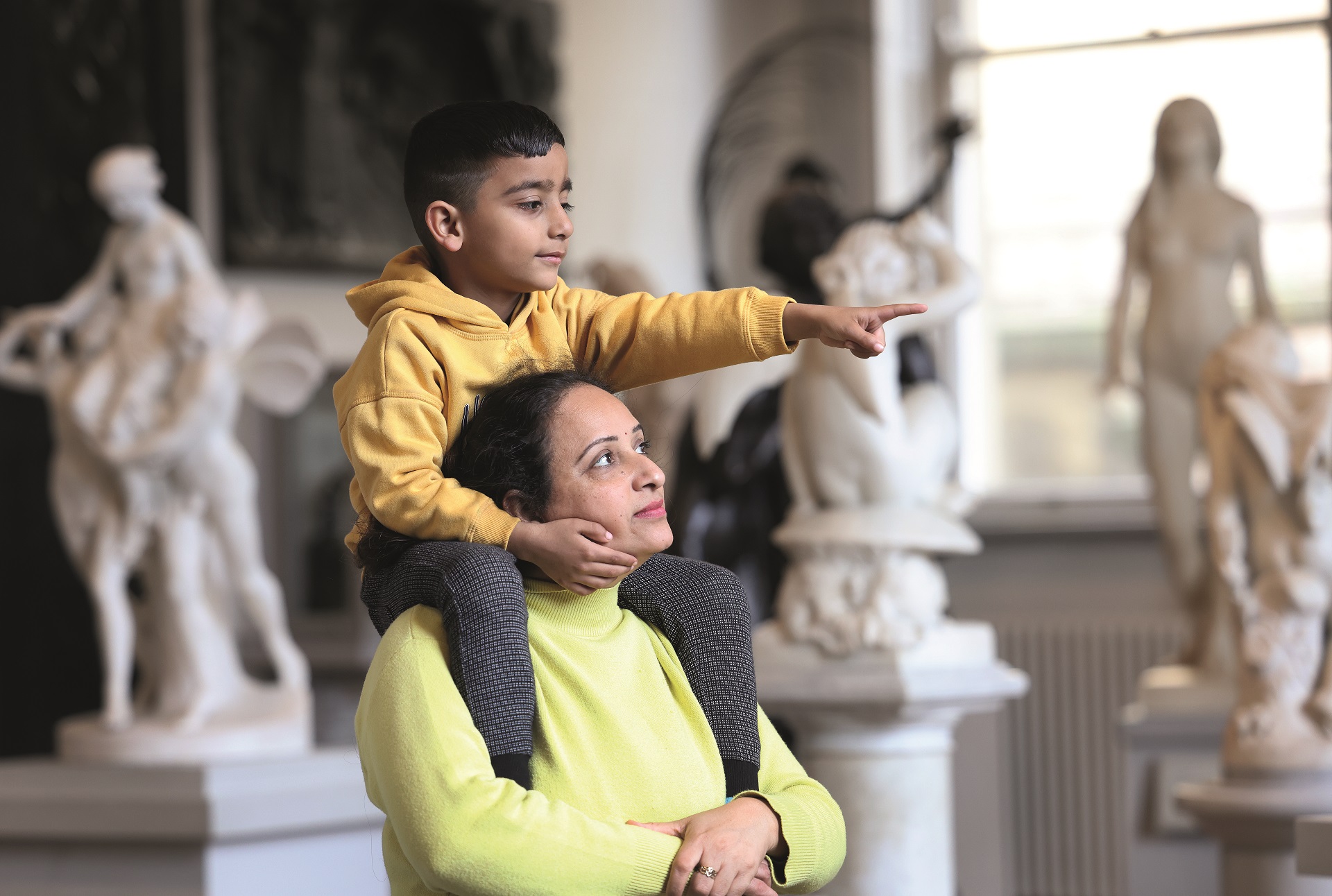Shoulders of gods
A new exhibition in Liverpool features ancient statues of the quality found in London, Rome and Paris - but what do they mean to us now?
Despite being titled Return of the Gods, a new exhibition at World Museum Liverpool will show how the influence of ancient Greece and Rome never really left us at all.
“Modern superheroes are certainly inspired by the stories we look at,” says lead curator Chrissy Partheni. “While we don’t have any Marvel characters on display, alongside the statues we’re examining similar themes of strength and weakness, presenting the gods with their own stories, personal attributes and flaws, and we’re also using bold typefaces and dramatic imagery to give a modern, comic strip-style feel.”
The works displayed at this exhibition are spectacular, featuring ancient statuary of similar quality to those in the British Museum, the Vatican and Paris’s Louvre. Taken from a substantial collection assembled by Henry Blundell in the 18th century – originally displayed in his Merseyside home, Ince Blundell Hall, and donated to Liverpool Museums in 1959 – the pieces will be presented in a manner that takes visitors on a journey.
“We’re using backdrops of landscapes, sanctuaries and temples like the Parthenon so people can contextualise the places the gods were worshipped,” says Partheni. “The gallery is divided into sections and in each we tried to recreate a particular atmosphere related to each god. We’ve set a beginning, middle and an end to the story, starting with Zeus and ending with Persephone.”
Although the selection of gods featured was dictated by the contents of Blundell’s collection, Partheni had to decide which of the many myths about each to examine. “Every single one has stories about their birth, their fights, loves, their death and you’ve also got to remember there are often different versions of all those,” she says.
As anyone with even a passing knowledge of Greco-Roman myth knows, however, these tales are peppered with murder, familicide, sex, incest and bestiality. Has Partheni tamed them for the expected family audience?
“Obviously I didn’t want to sanitise everything but that decision didn’t ultimately come down to me,” she says. “We did tone some things down, obviously, like the fact Aphrodite was born from the castrated genitals of another god. But we will be doing a programme of events and talks around the exhibition where we can bring those things out.
“We do look at issues such as slavery. But it can be difficult in the context of an exhibition to explain things like why myths and legends can now appear misogynistic – why emperors’ wives were so often demonised, for example.
“The stories obviously came from a different era when people didn’t feel the same way we do now about the subjects examined. They were more about connecting to their ancestors and explaining the order of the world.”
To an expert like Partheni, however, it’s the sheer variety offered by all the ancient gods and goddesses that fascinate.
“There were some very strange gods, used for things like healing and protection, and they help show how complex religious beliefs were. You often found Judaic traditions mixed with Greek, Christian and even pagan values. It’s all so complex and not just about Zeus!
“This exhibition was supposed to be pre-Covid so I’ve spent a lot of time with these gods, and I really hope visitors find their favourite – maybe even a god they can relate to.”
Return of the Gods, World Museum Liverpool, 28 April to 25 Feb 2024

Leave a reply
Your email address will not be published.